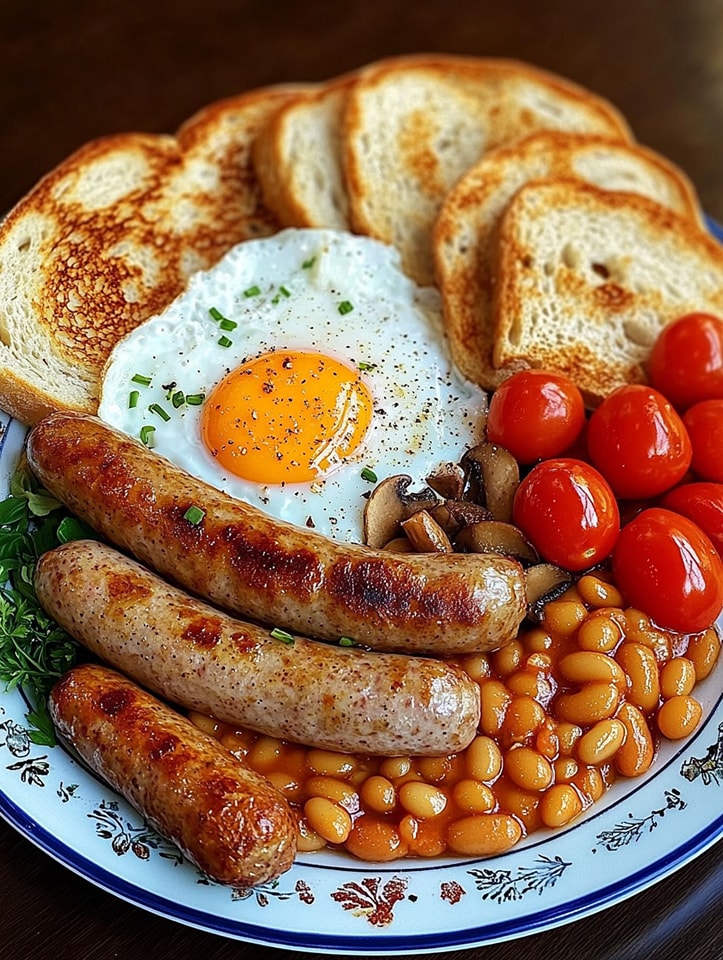ADVERTISEMENT
**Classic English Breakfast: A Hearty Tradition of British Cuisine**
The **Classic English Breakfast**, often called the “Full English” or “Fry-Up,” is one of the most beloved and iconic meals in British cuisine. Known for its hearty components, vibrant flavors, and ability to fuel the day ahead, the English breakfast has become a symbol of British culture, enjoyed not only in homes across the UK but also in cafes and restaurants worldwide. Whether you’re in a cozy British bed-and-breakfast or preparing a meal at home, the **Full English Breakfast** promises to be a satisfying and comforting start to the day.
In this article, we’ll explore the history, key ingredients, and step-by-step preparation of a **Classic English Breakfast**. Additionally, we’ll discuss its cultural significance, variations, and how to make it a more modern and adaptable meal while still staying true to its roots.
—
### **The Origins of the Classic English Breakfast**
The **Classic English Breakfast** dates back centuries, with its origins rooted in rural Britain. The concept of a substantial morning meal has been around for a long time, particularly in agricultural communities where workers needed a hearty breakfast to fuel their long, labor-intensive days. While the exact origins of the Full English are somewhat debated, it’s widely believed that the meal began to take shape in the early 19th century.
Historically, the English breakfast was not always as elaborate as the version we know today. It was often a combination of hearty foods such as **bacon**, **eggs**, and **bread**, which were readily available on farms. However, as industrialization progressed and more people moved into cities, the English breakfast evolved into the more diverse and recognizable form we enjoy today, incorporating elements like **sausages**, **black pudding**, and **beans**.
By the late 19th and early 20th centuries, the Full English breakfast became increasingly associated with the upper and middle classes, particularly with the **Victorian aristocracy**. It was served as part of the traditional English **”breakfast ritual”** that often occurred in large country houses, where guests would enjoy an extensive meal before embarking on their daily activities. Over time, the English breakfast found its way into inns, hotels, and cafes, solidifying its status as the quintessential British breakfast.
For Complete Cooking STEPS Please Head On Over To Next Page Or Open button (>) and don’t forget to SHARE with your Facebook friends
